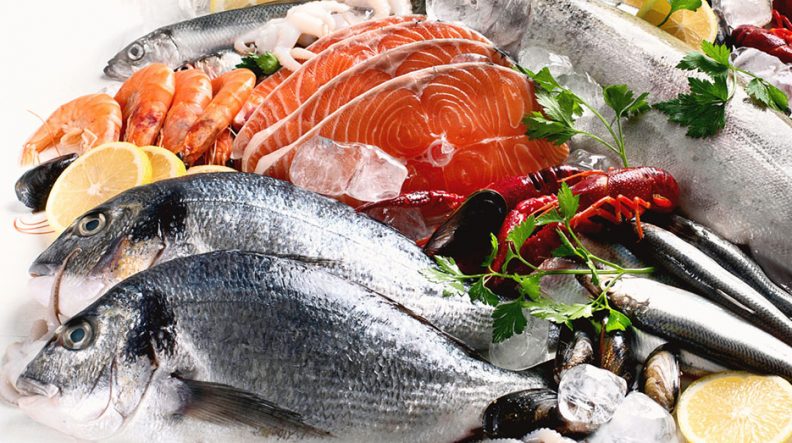Alerts & What’s Trending
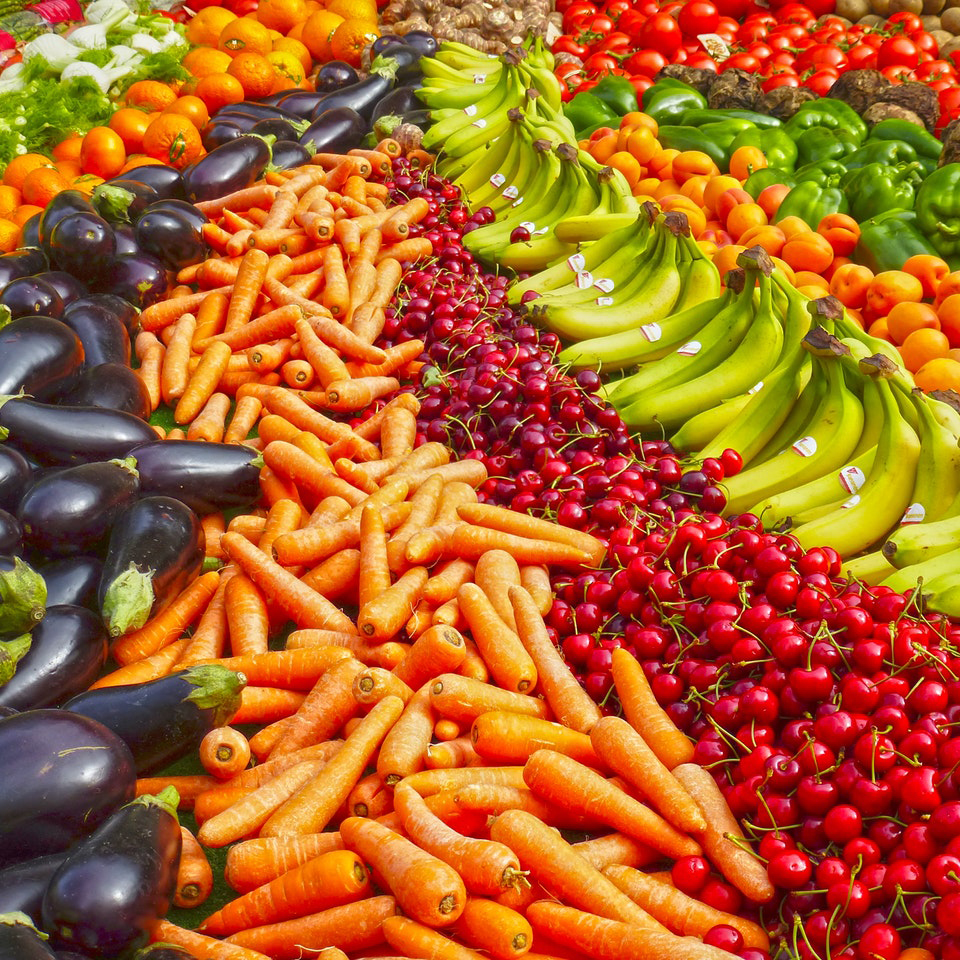
Produce
Iceberg lettuce bounced back after last week’s dip due to continued tight Western supplies, while tomatoes continued easing only slightly lower. Romas slipped just under the expected seasonal range but are still close to normal levels for this time of year. Overall, produce volatility is calming down compared to the sharp spikes from late October.
Outlook: Iceberg prices should begin a more sustained decline in the coming weeks as supplies improve and demand levels out. Tomato prices are expected to stabilize soon.

Grains
Grains saw a burst of activity once the USDA reopened and dropped both the delayed WASDE report and a backlog of large export sales. Export demand held firm, but yields came in higher than some traders expected, sparking a quick realignment in the market. The move shows just how sensitive current pricing is to even small shifts in supply assumptions.
Outlook: Corn’s recent rally may cool as markets adjust to the higher-than-expected yield outlook.
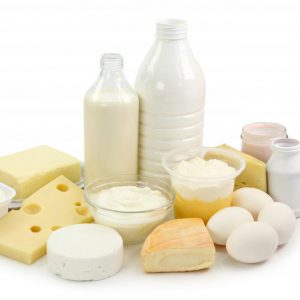
Dairy
Dairy markets delivered a mixed week: cheese prices fell, butter moved higher, and milk mostly held steady. Inventories remain manageable, and cheese production is consistent, while butter makers continue running hard to keep up with strong domestic and export interest. Operators may notice cheese easing a bit, but butter continues to be a pressure point.
Outlook: Cheese should remain soft in the short term, and butter prices may remain elevated due to strong global demand outpacing current production.
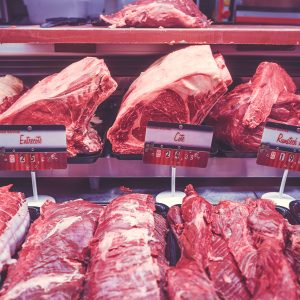
Beef
Beef pricing was mixed, with ribs and some loin items inching higher while chucks, rounds, and ground beef trended lower. Cutout values dipped slightly as holiday buying slowed and supply tightened in a few categories. Independent operators may see a bit of relief on everyday cuts, especially grinding and roasting items.
Outlook: With holiday buying shifting toward turkey, beef prices should push slightly lower next week before readjusting for December demand.
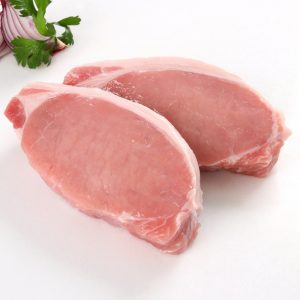
Pork
Pork moved lower across nearly every primal, from loins to hams to trim, despite a burst of export activity that briefly supported boneless butts. Even with that international lift, domestic demand wasn’t strong enough to flatten the overall decline. Operators should find strong value opportunities on popular pork cuts in the near term.
Outlook: Pork prices are expected to continue trending lower, as neither domestic nor export demand is signaling a meaningful rebound.

Poultry
Chicken markets held fairly steady this week, with most white-meat cuts showing only slight upward movement while thighs continued to soften. Turkey prices stayed firm heading into the holiday rush, and eggs surged again as HPAI cases picked up. Operators will feel the most pressure on shell eggs right now, while chicken remains relatively affordable compared to last year’s highs.
Outlook: Chicken prices are beginning to stabilize and could creep upward as tighter harvest weights limit supply. Turkey demand will drop sharply once Thanksgiving passes, and eggs are expected to stay elevated as long as HPAI activity remains high.

Seafood
Lobster imports stayed steady and continued to buck broader trade volatility, following their usual pattern of spring highs and summer/early winter lows. This year looked almost textbook — a record high in March, a sharp slide after, and then steady, predictable pricing through the fall. For operators, lobster remains one of the most reliably seasonal proteins.
Outlook: December typically brings one of the softer pricing windows of the year, and lobster should follow that familiar trend.

